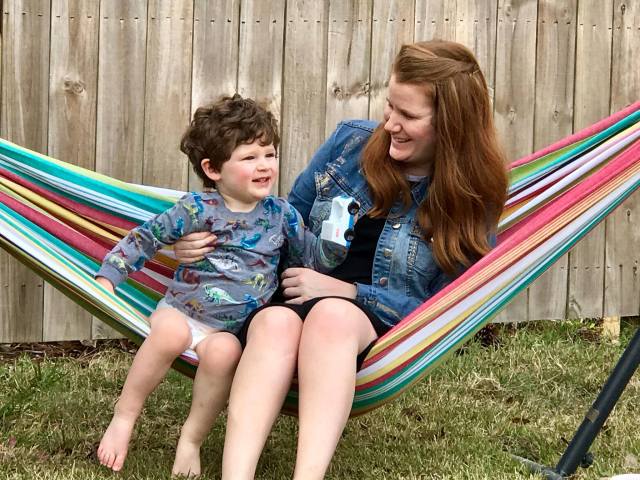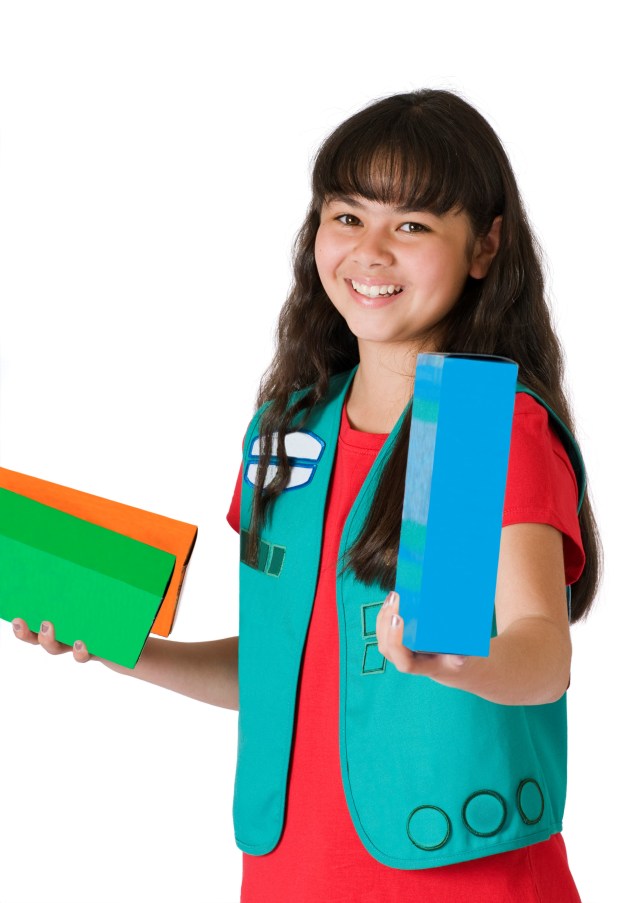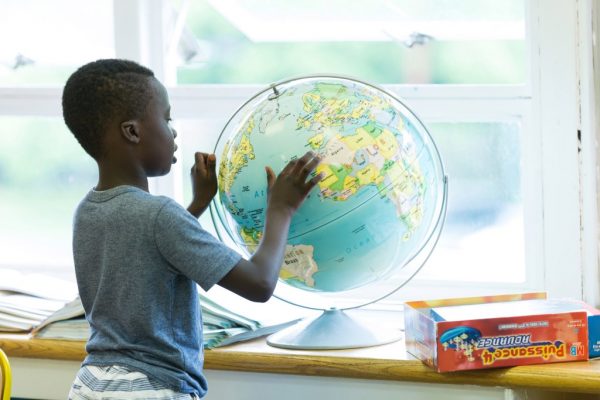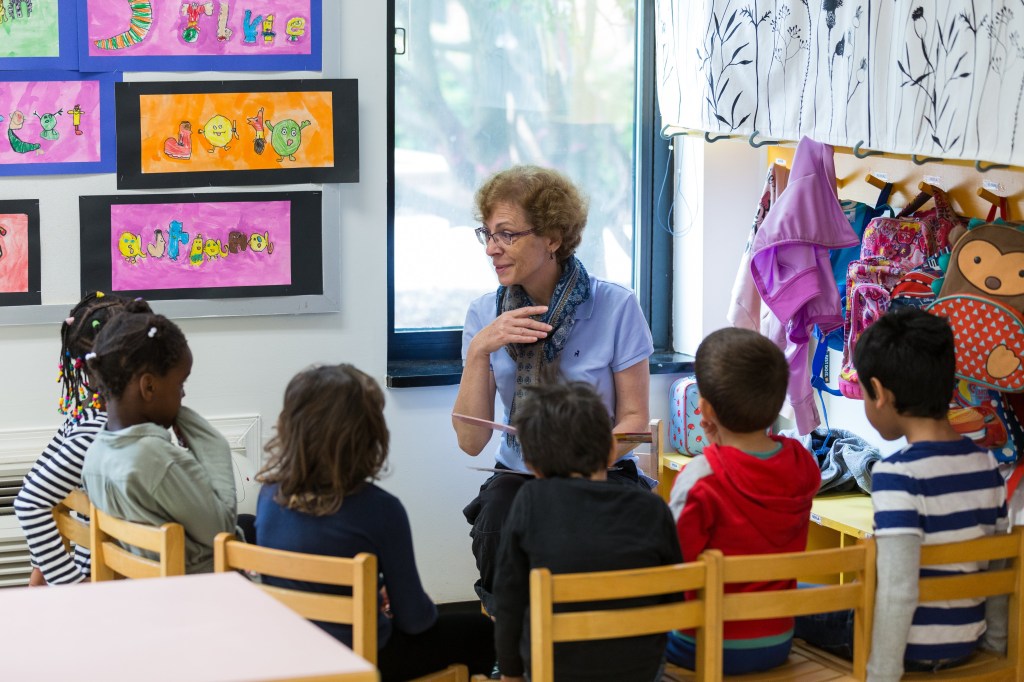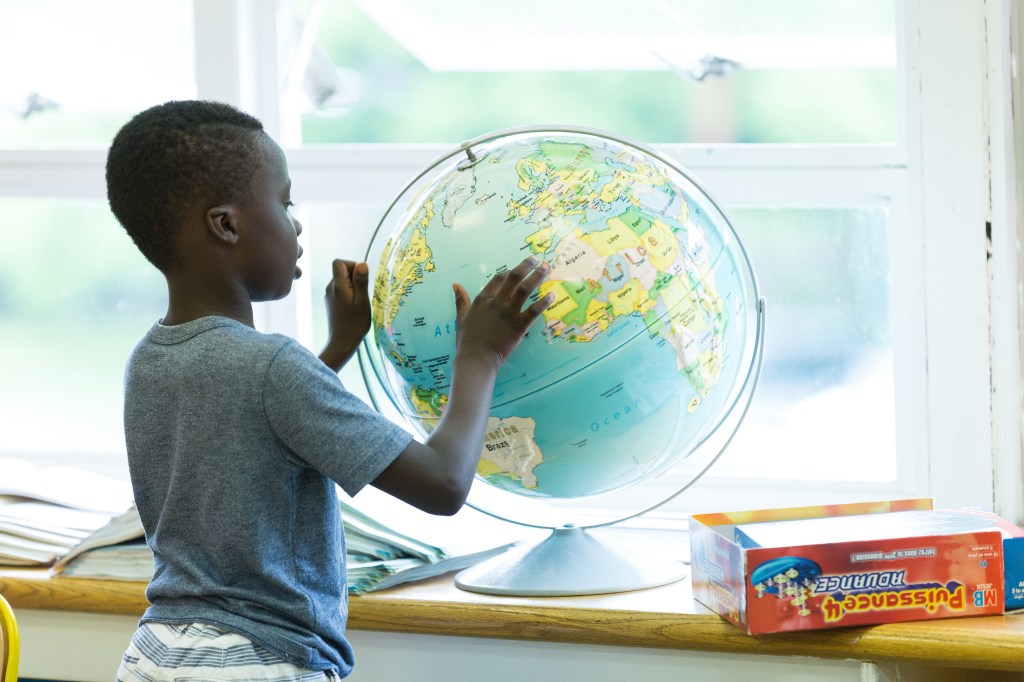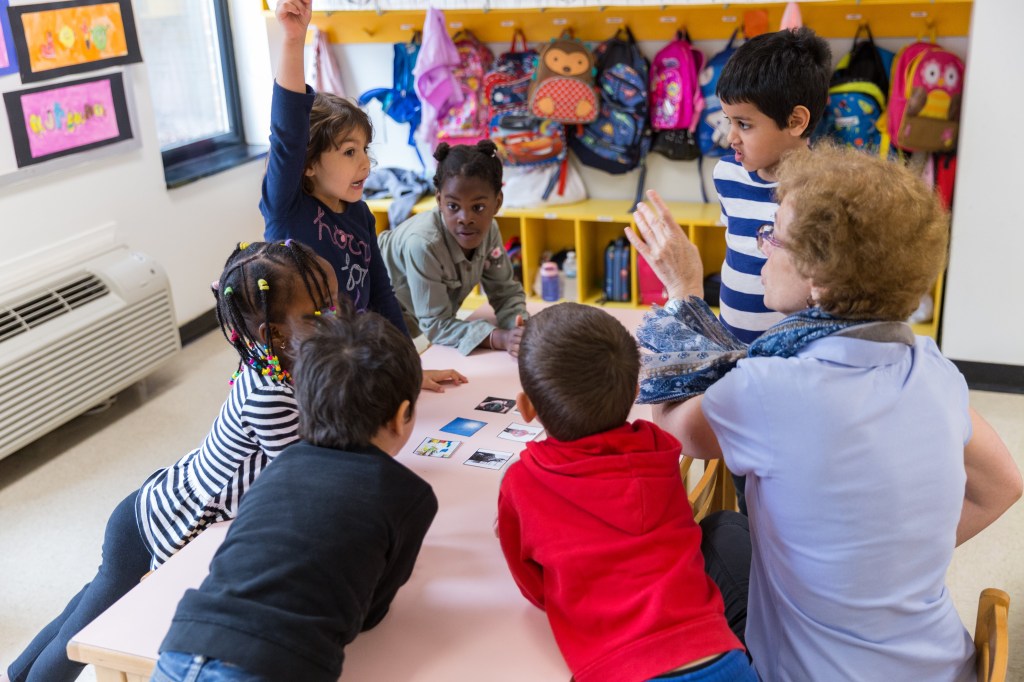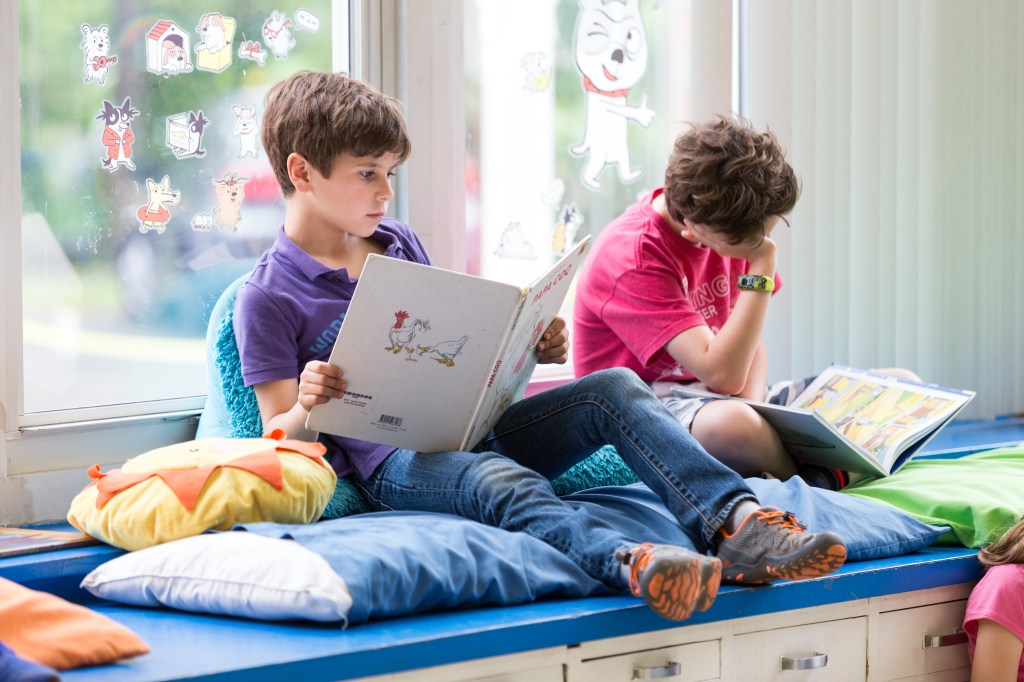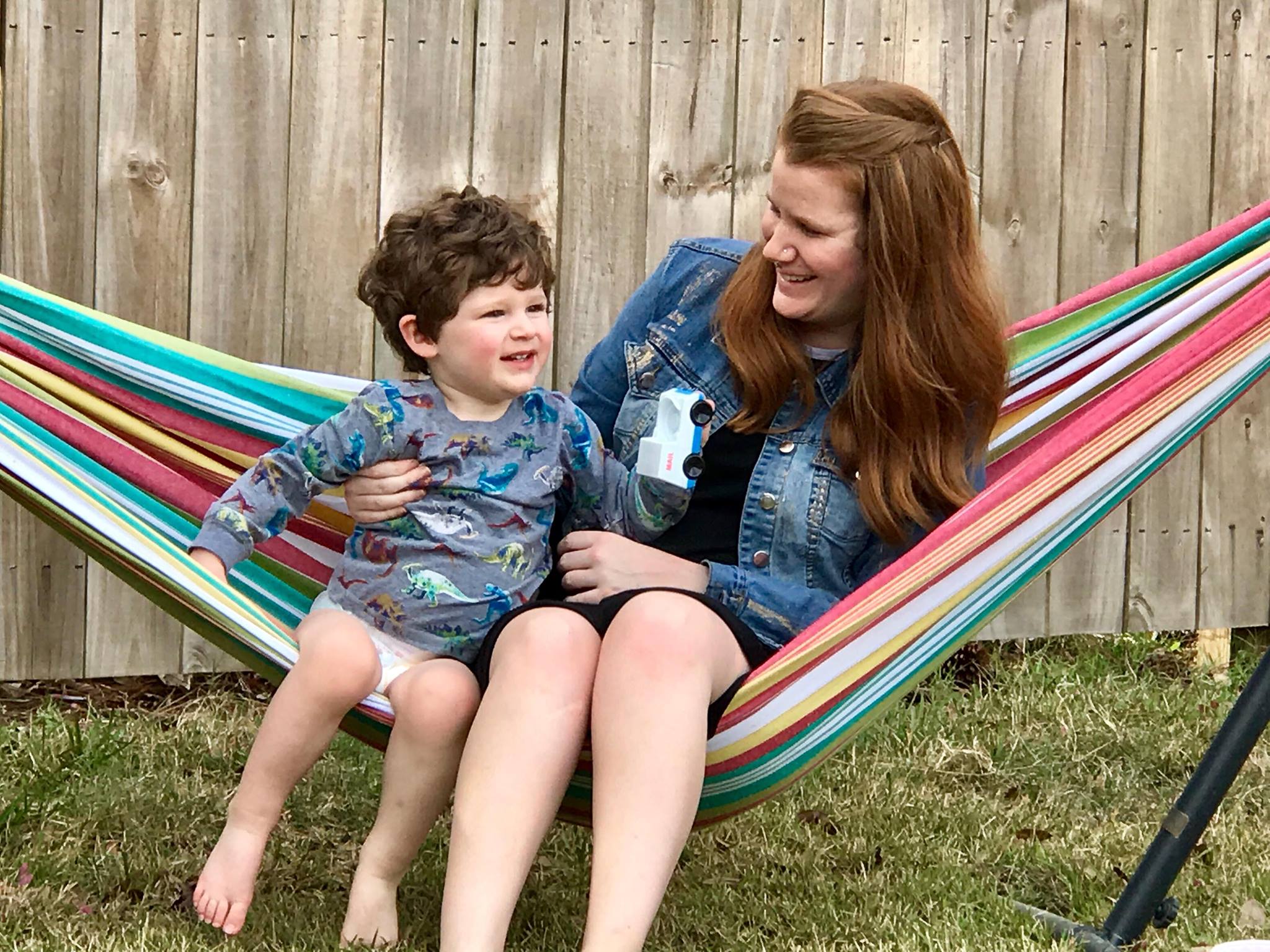
Different not less. Let those words sink in for a moment. This small phrase has a large meaning in the autism community. For some, including myself, it has become a mantra, a mission if you will. I share our story simply so you can see this phrase lived out in real-time. Our journey may look and be different, but it is not less in any way, and never will it be.
Unfortunately, there are people who see this phrase and add the word “and” to it: “Different AND less.” They may not say it out loud, but their actions speak louder than words. And the story below is an unfortunate example of this. As a special needs parent, one of the biggest things I worried about at the beginning of this journey was if my child would be accepted for who he is. Will he have friends? Will people see him, the true him, even in the peak of our hard? Or will he be judged? Given up on? Labeled? I was lucky enough for that worry to be put right to bed because from the first moment my son’s therapies started, I knew my son was accepted. And man, did I sleep easier at night!
For the past two years, I’ve been lucky enough to live in this wonderful bubble—where acceptance is given and not earned. Where judgment ceases to exist. Where support is given freely even in the hardest of times. But my days in this wonderful bubble are quickly coming to end. As you continue on this journey, the inevitable happens, and the time comes for you to have to leave your safe space, your little bubble. You come to terms with having to leave the place and the people that love your child the most. The only place besides your village that understands the phrase “Different not less.”
Many parents start to lose that sleep again. All of that worry and those questions of acceptance that you asked yourself at the beginning of the journey start to creep back. And unfortunately, it’s because you hear and see stories like this below. People that should be a parent and child’s safe space, end up treating a child less because they are different. The story below happened in a friend’s own backyard. It tells a story that we as a special needs community wished was fictional, but know all too well exist and is most times even covered up. In this incident, a child’s aide stapled a piece of paper to the child’s head to serve as a reminder for the child to bring his water bottle to school. Yes, unfortunately, you read that correctly. What’s even worse is that when the mother brought this to the school’s attention, it was downplayed. Statements made as if, even true would make this situation okay: The paper was stapled to the child’s hair, not his head. The aide has had a clean record up until this point. There was no “intent to harm.” The aide wasn’t even fired, just written up and moved to a different classroom. It’s these incidents that make me realize that special needs individuals are seen as different and less. And that is truly heartbreaking.
I myself am a licensed Cosmetology Educator. Although I teach adults, the goal as a campus is to create a safe space for all our students. Backgrounds may be different, lifestyles may be different, learner types may be different, but what we all share in common is our love for the beauty industry. I would like to think that the same mindset would be true for teachers, school administrators, and aides but unfortunately, it seems we are hearing more and more of incidents like this happening.
So I ask you: When is enough going to be enough? When are people that treat special needs individuals less than going to be held accountable before a mom has to lose it on the entire school system? But more importantly, when are people going to start speaking up when they see someone that is different treated less? How many times does someone have to be made fun of or treated poorly before you say enough is enough? When do you draw the line? The special needs community needs everyone’s help when it comes to this.
Let’s be honest, the world needs everyone’s help when it comes to this. I don’t know about you, but the world my kids live in now is scary. It’s filled with hate and judgment and people thinking their way is the right way. Do you know one thing that will always be right? Treating everyone with respect and dignity. Special needs or not. And it seems like these days, this is not even something everyone can agree on. So until then, I’ll keep using my voice, I’ll stand side by side with the moms that are made out to look crazy because they demand their kids be treated equally, and I’ll keep speaking up when I witness different people being treated as less.
I’ll leave with this quote from Mother Teresa: “I alone cannot change the world, but I can cast a stone across the waters to create many ripples.” Are you brave enough to cast that stone when you see someone that is different treated less? As a mother of a special needs child, I hope that you can be. I need you to be. Because those ripples you create can positively impact our world. And I know so many brave individuals that do their best every day to navigate a world not made for them. The least we can do is be that stone for them. Create those ripples. That’s what I intend to do. I’ll continue to cast stones. I’ll continue to make ripples. And my hope is that one day, with your help, those ripples can turn into waves.
